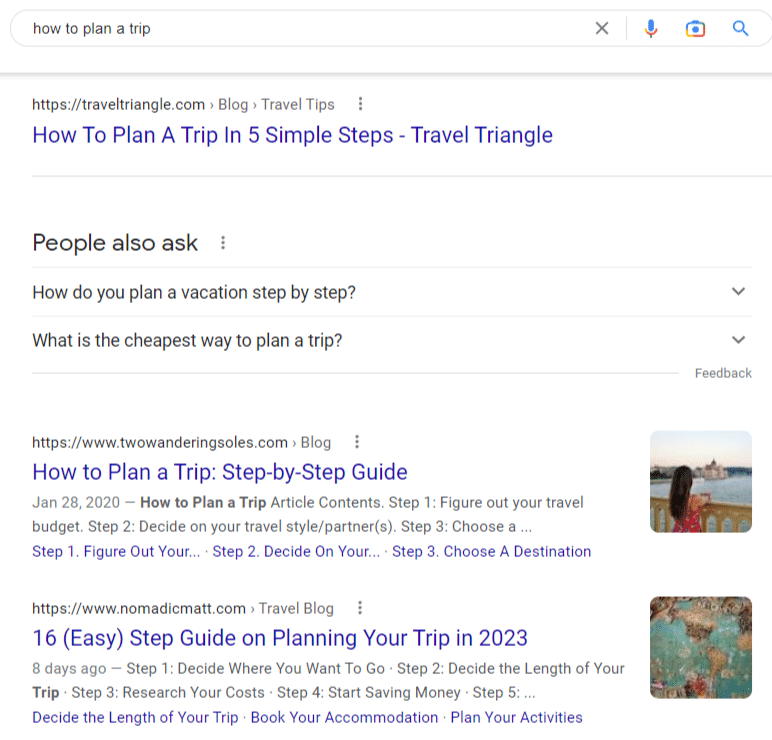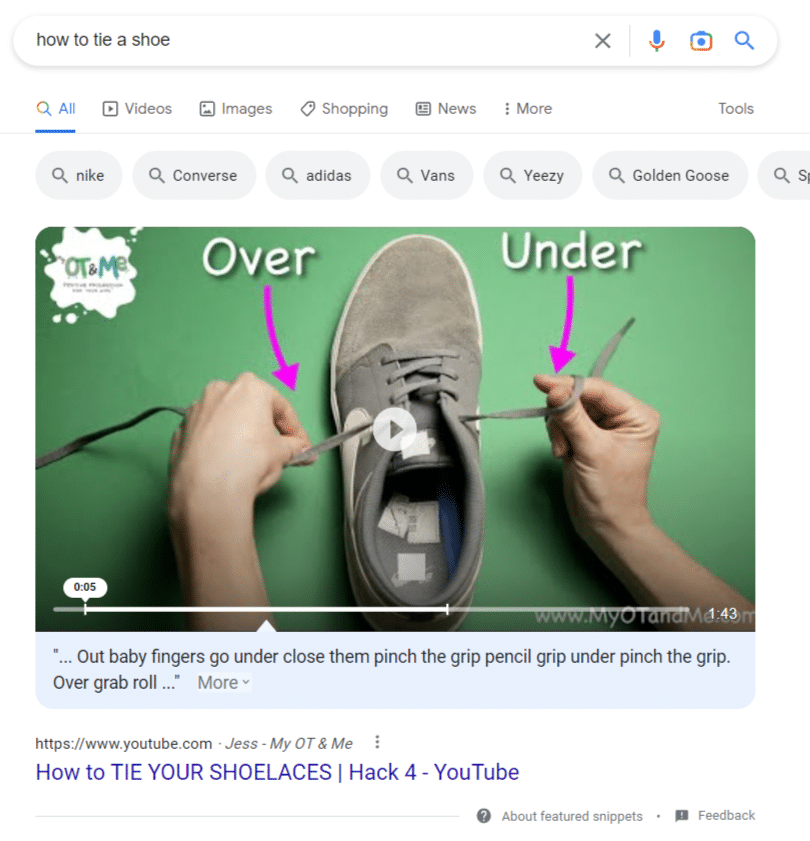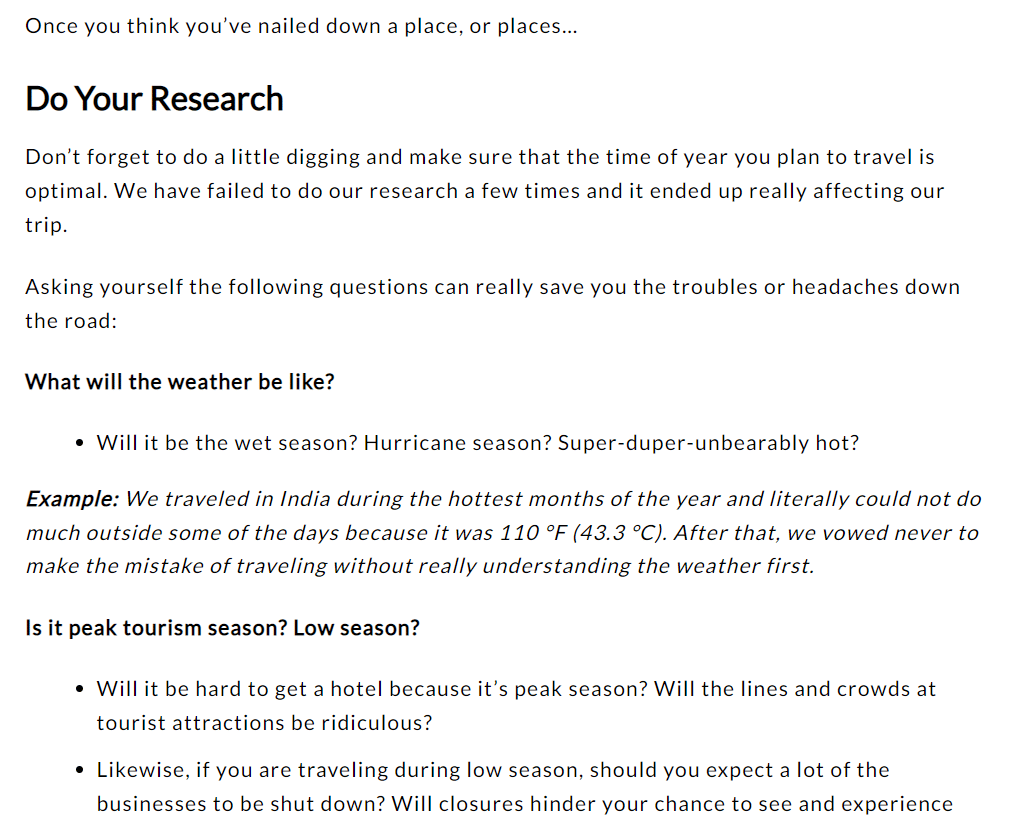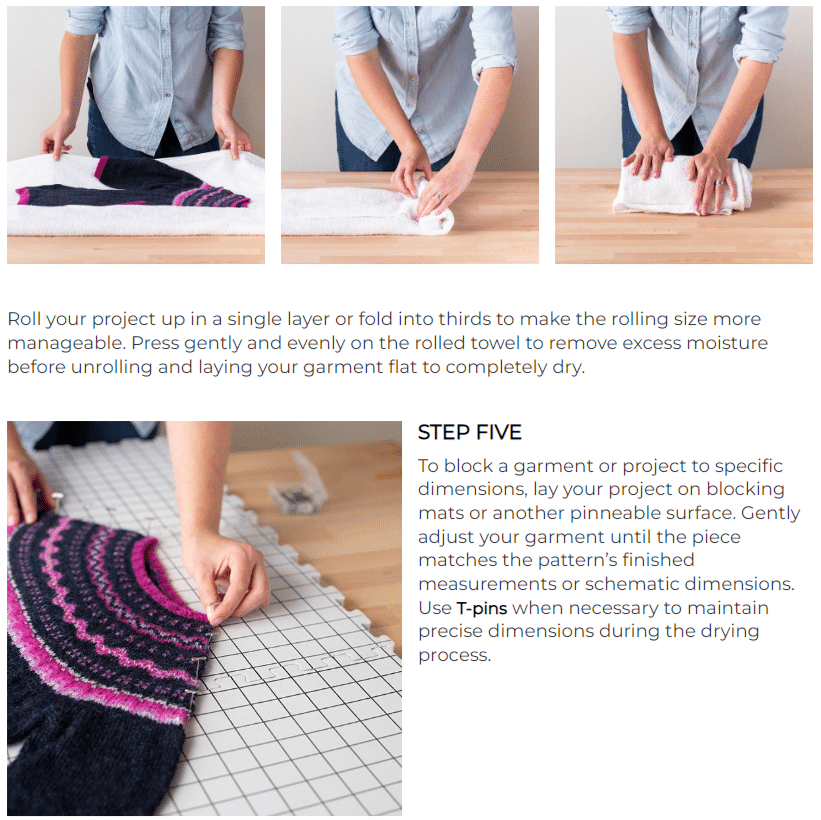If you’ve ever googled instructions for how to perform a specific task, then you the importance of high-quality how-to content.
The person desperately searching for an excellent how-to article on fixing a leaky sink will find immense relief when they finally hit on a blog post that lays it out simply and clearly, for instance.
In almost any scenario where somebody needs instructions and help on how to do something, great how-to content can swoop in and improve their lives.
That’s what we’ll explore in this article – why how-to content matters and how to create it effectively.
Why create how-to content?
The right how-to content, created with clear steps and instructions, saves a lot of hassle. It might even save someone’s day.
So, if you’re the one creating this content for your audience, that’s immensely valuable.
You’re rescuing them from the dreaded Google search that never ends by not only fulfilling their search needs but giving them content that’s actually helpful.
And it’s easy to see how those actions could help grow your brand – by proving your expertise and thus building trust and affinity with your readers.
Along with that, if your how-to content is properly optimized for search, you’ll help people outside of your audience whom you can then pull into your brand orbit.
To sum up, how-to content is incredibly valuable for both the brand and the audience – so why wouldn’t you create it?
How to create how-to content
Great how-to content is born once you know your goals for that content, understand whom you’re writing to, and know exactly what your content will help them accomplish.
1. Zero in on your content goal: teaching/educating
Every piece of content has a goal, and if your goal is to teach/educate about a particular topic, make sure that’s clear from the outset.
Your goal will influence how you approach creating a piece of content and creating how-to content requires a teaching mindset/approach.
Why does this matter?
Because a teaching mindset is entirely different from an information-sharing, entertaining, or analytical mindset.
Teaching through content, especially, needs a specific method if you expect to teach successfully:
- Detailed explanations.
- Step-by-step instructions.
- Lots of examples.
- Helpful visuals (photos, video, illustrations, etc.).
- Presenting not just the “what” but also the “how” and the “why” of the topic.
- Putting yourself in the reader’s shoes and seeing how you can build their understanding from A to B, to C, to D, and beyond.
So, as you plan out your content, keep track of the goals for each piece. Your goals will influence the outcome, especially for how-to content.
2. Find your how-to topic
Sometimes the how-to topic you’ll use for your content will be obvious.
You might even have a whole list of how-to topics you want to create content for that tie into your brand goals, what you sell, and what your audience wants to see.
But, if the right how-to topics aren’t presenting themselves this easily, don’t worry. You can research to find your perfect topics.
Think about the needs of your target audience
What are some problems they have (big or small!), relevant to your industry, that you could help them solve with how-to content?
Don’t know this? Ask them. Polls, surveys, interviews, and just plain chats are your friends.
Consider the wants of your target audience
What questions are they asking, directly or indirectly?
- Look for potential how-to topics inside your customer service data.
- Have your sales reps keep tabs on the most common questions they hear.
- Do some social listening to find out what your audience wants to know how to do.
Look for how-to keywords relevant to your industry/what you sell
You can also find how-to topics with some keyword research.
A good keyword can easily inspire an equally good how-to topic.
- Search for keywords starting with “how to”, but also ones starting or ending with terms like “step-by-step guide”, “how do I…”, or “tutorial” – these also imply a how-to topic.
- If you’re starting with a topic, find a closely related keyword for which your brand can still rank. Avoid any keyword that’s too competitive.
- Look at metrics like search volume to determine whether anyone is actually searching for the keyword and keyword difficulty (KD) to determine how competitive the keyword is to rank for.
3. Research and plan your how-to topic for SEO and readers
With a topic/focus keyword in hand, you can start figuring out how you'll write your how-to content. There are a few ways to do this to ensure you hit the bullseye for readers and search engines.
Research what already exists on Google
If you want to rank in Google for your how-to topic, you need to see what's already ranking for your keyword and determine how to make your content better.
You should also see what's ranking in Google to study how these pieces are structured, which facets of the topic they focus on, and how they address the searcher intent for the keyword.
Since these pieces are winning the rankings for the keyword, you already know they are in the vein of what searchers and Google are looking for – so you should definitely take notes and inspiration from them.
Look at the competition
In some cases, what's ranking in Google for your how-to keyword/topic may be content from one of your direct competitors.
In this case, focus on how you can differentiate your content from theirs.
- What's missing from your competitor's content piece?
- Could you go deeper on the topic – e.g., provide more granular steps in your how-to, more insights, or additional research?
- How can you differentiate visually? For example, maybe your competitor has completely overlooked the visual aspect of their how-to content. In this case, you could go further by adding photos or screenshots of the how-to process.
Choose the right format
Not every how-to topic will call for the same format, like a list of steps.
Some how-to topics are better suited for an instructional video, while others might call for a simple written explanation or a long, detailed guide with tips and photos.
For example, for the keyword "how to plan a trip," the top of Google is populated with written guides. This makes sense because trip planning is very much a thinking-based activity.
Written guides are well-suited for this kind of how-to.

In contrast, the top of Google for the keyword "how to tie a shoe" contains mostly video content.
This makes sense because understanding how to tie your shoes would be difficult without someone demonstrating it.
It's not a complex process but relies heavily on spatial understanding. Videos are best for this kind of how-to.

With these examples in mind, choose the format for your how-to content carefully.
Consider the medium through which your audience will best learn about your topic and what that topic requires in terms of total understanding.
4. Write with the aim of teaching effectively
You already have your goal in mind – teaching your audience to build affinity and trust – as you set out to write your how-to content.
But how do you teach effectively? Keep these tips in mind.
Remember who your audience is and write to them
Your best guide is always your audience. To teach them effectively, you need to know them – really know them.
First, you must have a grasp of their level of knowledge.
What do they know already about your topic? What do they not know? How can you bridge the gap between the two?
You also need to know what they're most concerned with and what is less important to them.
Which parts of your how-to topic need a deeper explanation? Which parts are satisfactory with only cliff notes?
For example, in this blog about how to plan a trip, the author assumes their audience already has a destination in mind, or won't need much help picking one out.
Instead, they offer tips and advice about researching and planning your trip based on your destination (such as researching the weather during your trip window, visa requirements, and more).

Put yourself in a beginner's shoes
If you're an expert, sometimes it can be hard to go back in time and try to remember what it felt like to be new and inexperienced at your specialty.
But to write great how-to content, you need to be able to do this.
The better you empathize with your readers, the better you can help them with how-to content.
So think hard about what it was like to start fresh with little knowledge about your topic. Use that to make your content more helpful, real, and useful for beginners.
Avoid using technical terms or industry jargon
As a practitioner in a specific industry, it's pretty easy to fall into "industry speak" without realizing it.
But this can turn off or even alienate readers who aren't yet familiar with those terms. Here's a great example from Brand Chemistry of jargon:

To an outsider, this sounds like a different language.
At worst, using jargon will make your audience feel lost from the beginning of your how-to content. That's the opposite of what you want.
At a base level, this all goes back to knowing your audience and speaking to them in a way they'll understand.
Instead, avoid falling back on cliches and buzzwords and aim for clarity in how you explain and describe concepts.
5. Add your unique angle and expertise on the topic
Nearly 7 million blog posts are published daily. How will you stand out from the crowd?
Answer: Use your expertise – the mix of knowledge, skills, and experience that forms your unique brand perspective.
Many brands are built on the expertise of their founders, but many others rely on the diverse skill sets of their teams.
This knowledge and skill combination is fundamental to the brand and how they solve customers' problems.
Whichever category your brand falls into, ensure you understand that expertise, where it comes from, and how it's expressed in the content. (If you don't – start interviewing your team to get that understanding.)
For example, perhaps the brand founder has a story explaining how they became an expert with some unique twists and turns influencing how they approach their industry.
Where relevant, referencing and using these stories in content can be an incredible differentiator and may give extra gravitas to your how-to content.
6. Explain the 'why' behind your points
This point is true not just for how-to content but also for most other long-form types.
Great educational content doesn't just explain the "what" – it also delves into the "how" and the "why."
Let's return to the blog about how to plan a trip to show you an example.
In the section on choosing a destination, the authors could have just told you to research the weather and travel requirements before you plan your trip and left it at that.
But instead, they give you reasons why researching before planning is a good idea based on their experience and expertise:
- In their experience, when they failed to research, their trips didn't meet their expectations.
- Researching as a part of vacation planning "can really save you troubles or headaches down the road," such as when the authors traveled to India without researching the weather first and ended up there during the hottest months of the year.

Using their expertise, they explain the WHY behind their point. They give you solid reasoning with examples from their extensive experience traveling.
See the difference it makes? Without these things, this blog would lack evidence of E-E-A-T, and the information would seem shallow and less trustworthy.
7. Include helpful visuals
We already touched on this briefly, but it's worth a second glance.
Most content, especially blogs, needs visuals to be more engaging, but how-to content practically begs for them.
In your written content, look for opportunities to help your reader understand concepts better with a well-chosen, well-placed image, photo, or screenshot.
For example, this blog on how to block a knitting project has much-needed pictures that clarify the text instructions.

Effectively educate your audience with how-to content
How-to content presents a huge opportunity to provide value to your audience immediately.
If you can teach them effectively, the benefits will roll outward for a long time – including building trust and affinity with your brand.
That makes educational, how-to content one of the best investments for a content marketing strategy.
It's like that old saying, "Give a man a fish and you'll feed him for a day. Teach a man to fish and you'll feed him for a lifetime."
What will you teach your audience?
The post How to create how-to content in 7 steps appeared first on Search Engine Land.
from Search Engine Land https://ift.tt/ywbUG6L
via
No comments:
Post a Comment